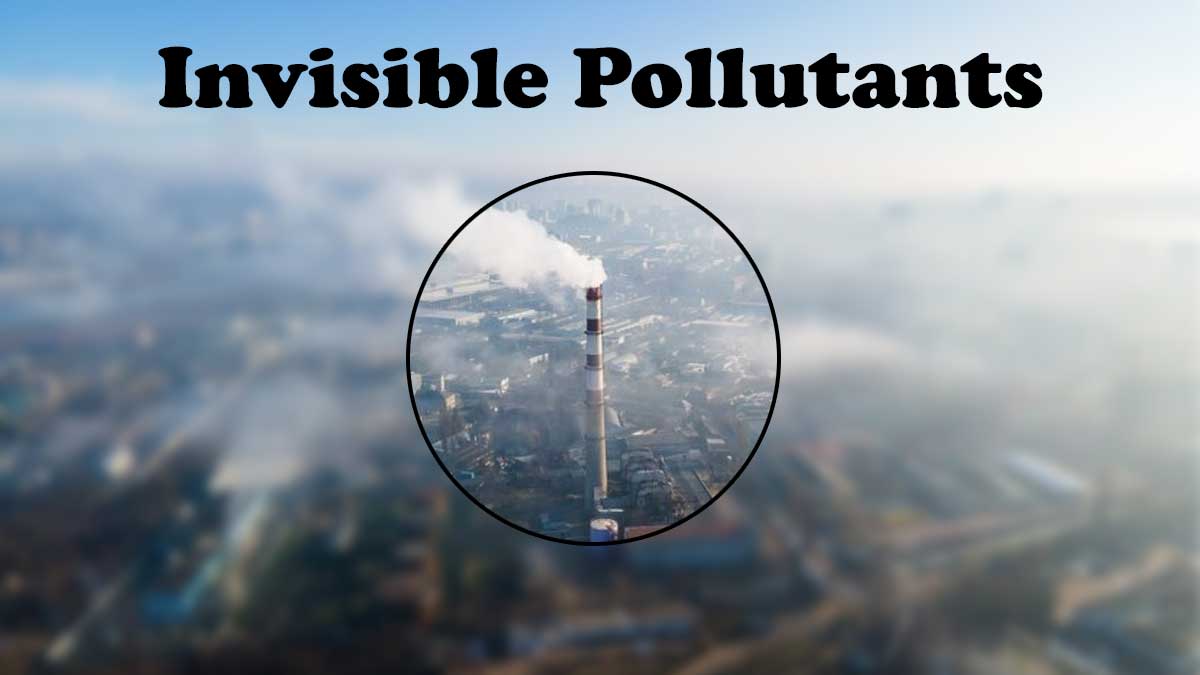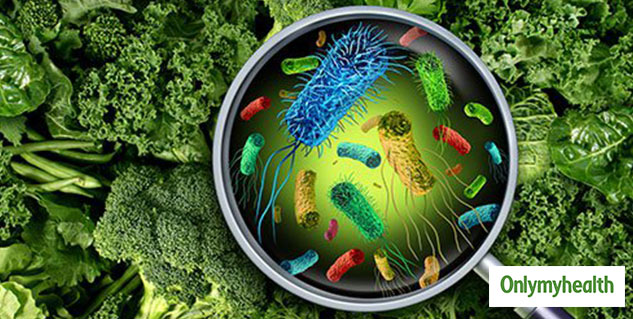
Plastic, once hailed for its versatility, has unleashed an insidious threat upon our food chain. Microplastics, minuscule fragments that result from the relentless degradation of larger plastic items, have infiltrated ecosystems far and wide. It's not just marine life that bears this burden; it's the very air we breathe, the water we drink, and the food we consume. This article embarks on an illuminating journey into the shadowy pathways microplastics traverse to permeate our diets, unravelling the potential dangers they harbour and exploring proactive measures to safeguard our health and the environment.
Speaking with the editorial team of Onlymyhealth, Dr Advait Sharma, Chief Medical Officer, Truworth Wellness explains what invisible pollutants are and how microplastics are stealthily entering our food chain. Here is what he shared with us.
The Multifaceted Infiltration
"Microplastics aren't benign specks; they serve as vectors for a cocktail of chemicals used in plastic production. What's disconcerting is that these chemicals now find their way into our food, disrupting vital hormones and, in the process, causing infertility and chronic illnesses. A prime example is Bisphenol A (BPA), a pervasive plastic additive that competes with natural hormones, imperilling reproductive health," Dr Sharma explained.
"To simplify, long-term exposure to microplastics heightens the risk of chronic diseases like type 2 diabetes and heart disease, akin to the consequences of a consistently unbalanced diet. Research suggests that the impact of these minuscule plastic particles on health mirrors that of following an unhealthy dietary regimen," Sharma added.

Also Read: World Menopause Day: 7 Tips To Take Care Of Breast Health During Menopause
Prevention Trumps Cure
While completely eradicating microplastic exposure might be an unattainable ideal, pragmatic steps can substantially reduce the risk. Prioritise whole and minimally processed foods over highly processed counterparts, as the latter often contain elevated levels of microplastics. Embrace eco-friendly packaging materials to curtail the migration of these particles into your food. Swap plastic water bottles for glass or stainless steel alternatives to minimise exposure.
Dr Sharma shares that In India, the government has taken assertive strides to confront plastic pollution head-on. These initiatives encompass a comprehensive overhaul of solid waste and plastic waste management systems. Notably, there is a proposed ban on microbeads in cosmetics, recognizing their perilous impact on aquatic life and the environment.

Also Read: World Menopause Day: 7 Tips To Take Care Of Breast Health During Menopause
The issue of microplastics is not confined to India; it's a global concern. International efforts are underway to research, monitor, and mitigate the impact of microplastics on the environment and human health. Collaborative initiatives, such as the United Nations' Sustainable Development Goals, aim to address plastic pollution comprehensively.
A Final Word
Microplastics, the unseen infiltrators of our era, have insinuated themselves into every corner of our planet, including the heart of our sustenance – our food. Recognising the perils they pose and proactively limiting our exposure are vital for the long-term well-being of humanity and our environment. By making informed dietary choices, advocating for eco-friendly practices, supporting regulatory efforts, and participating in global initiatives, we can collectively combat this clandestine threat to our health and the world we inhabit.
How we keep this article up to date:
We work with experts and keep a close eye on the latest in health and wellness. Whenever there is a new research or helpful information, we update our articles with accurate and useful advice.
Current Version